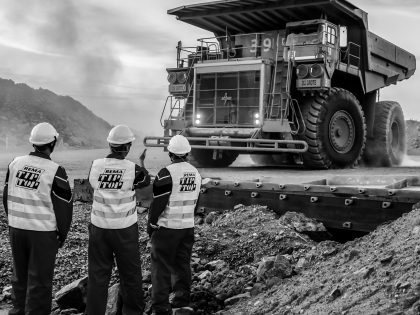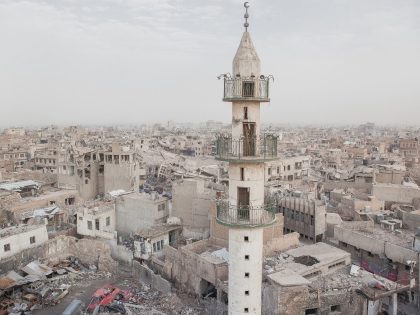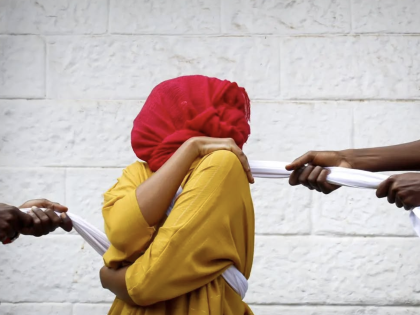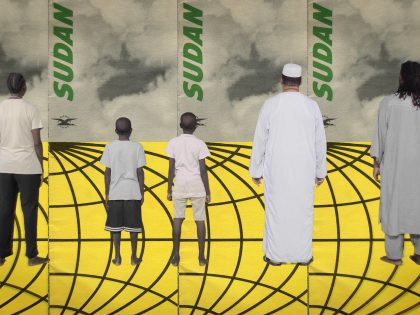The donkey that carried the cloud on its back
A Kenyan film asks in order to evolve, what part of ourselves do we keep and what part do we leave behind.

A still from the film.
This is just a short post to give everyone a heads up on a crowd funding campaign for a new documentary on the construction of Africa’s largest port on the island of Lamu, Kenya. The film will be directed by Nairobi-based German-Kenyan photographer and filmmaker, Philippa Ndisi-Herrmann (remember the ‘My Favorite Photographs‘ post she did for us last year). The film seeks to explore the question: in order to evolve, what part of ourselves do we keep and what part do we leave behind? According to the film’s crowd funding page,
“The Donkey that Carried the Cloud on its Back” is a quirky and impressionist film about an island which appears not to change yet a looming cloud is approaching and breaking the steadiness and surety of the island’s constant way of life.
“Bracketed by the two monsoon rains, the film follows Fatuma as she prepares to begin a new life and get married and concludes as she leaves her parents’ house to be wed. The documentary returns again and again to public spaces that feel the coming port; the main, sleepy square, the port site and the beach that no one visits.
“It definitely seems like it has potential and with touches of magic realism embedded within the narrative and imagery, it will hopefully be quite original. With only a little over a week left to raise funds (the crowd funding campaign ends on December 22), the filmmaker and producer are slightly more than halfway to their fundraising goal of €8,500. So be sure to check out the film’s crowd funding site and support an interesting documentary film project.”
It definitely seems like it has potential and with touches of magic realism embedded within the narrative and imagery, it will hopefully be quite original. With only a little over a week left to raise funds (the crowd funding campaign ends on December 22), the filmmaker and producer are slightly more than halfway to their fundraising goal of €8,500. So be sure to check out the film’s crowd funding site and support an interesting documentary film project.
Update: Here’s a teaser for the project:



















